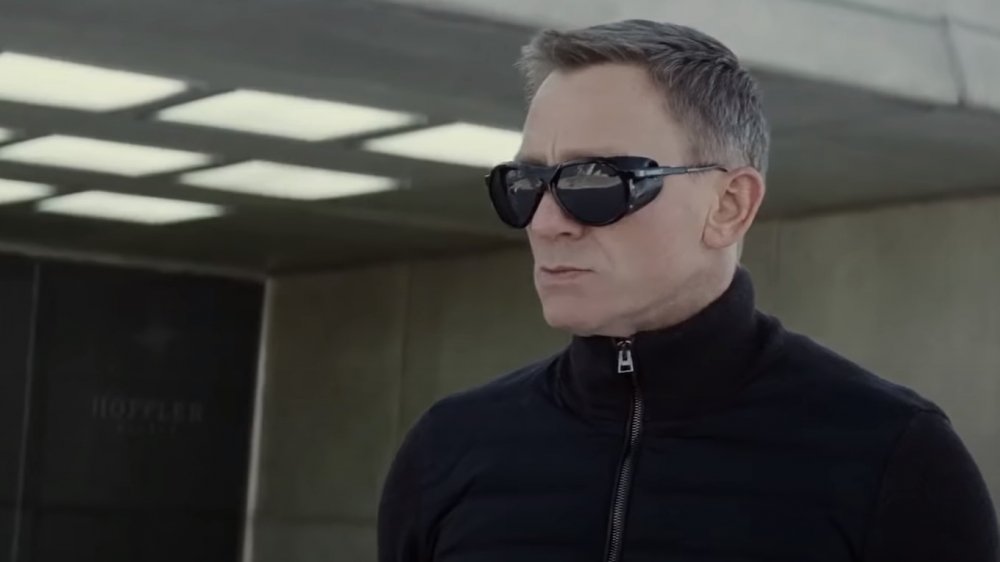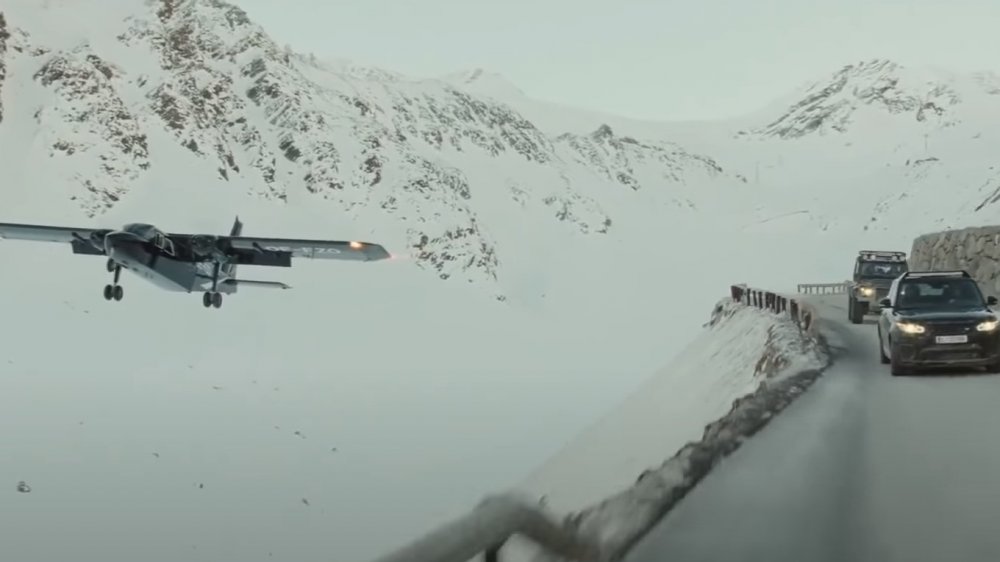The James Bond Stunt That Cost The Most Money
In 2009, Deadline reported that Sean Connery had an "explosion clause" written into his contracts. Any film in which the Scotsman appeared was required to include a bigger and more Earth-shattering kaboom than the last. According to Alan Moore, that's why 2003's most awful movie, The League of Extraordinary Gentleman, cost $100 million to make: because Connery insisted on a $17 million explosion. However, it wasn't Connery's turn as 007 that saw the James Bond franchise's most expensive sequence. In truth, his combined Fort Knox incursions, Little Nellie dogfights, and diamond-powered laser satellites couldn't touch the price tag on the car chase in 2015's Spectre.
The sequence begins adorned in the humble cinematic grins of any self respecting James Bond chase sequence: Bond spots the bad guys, just as they are about to escape in a series of color coordinated paramilitary vehicles. Not having any of that, he makes a dash for a vintage aircraft, which he then flies headlong into a scene that cost $1.1 million in SUVs alone.
Bonds are always a good investment
By the numbers, Spectre's chase scene in the alps runs just under six minutes long, and it cost more than the entire budget of From Russia With Love. No, not adjusted for inflation, but it's a colorful piece of trivia.
According to Bloomberg, the chase required eleven specialized Land Rover Defender Bigfoots (Bigfeet?) estimated to cost upwards of $100,000 a piece thanks to a series of high-end customizations. Also making an appearance were seven Land Rover Range Rover Sport SVRs, priced at "$111,000 each, plus upgrades." Bond's plane, which is ill-fated (as is the custom with any vehicle that the famous spy touches), was a Britten-Norman BN-2 Islander from the 1960s. They go for around $250,000.
Cars crash. An airplane t-bones an SUV. A rustic barn winds up with a Wile E. Coyote-style plane-shaped hole through it. What's more, the whole thing was pulled off without so much as a lick of CGI, according to Mashable. In total, it is estimated that $34 million was spent on vehicles alone, which is enough to leave an accountant shaken, if not stirred.

